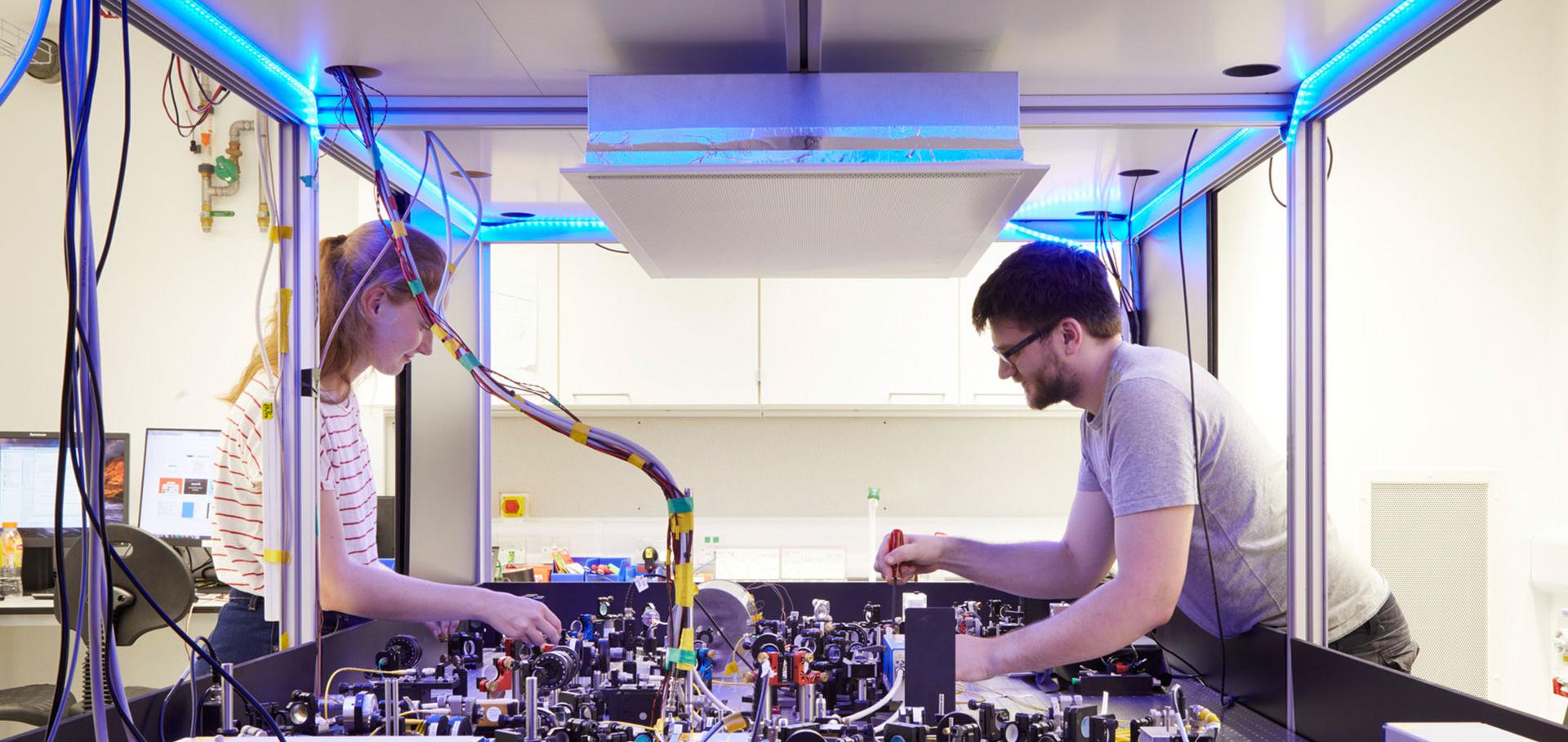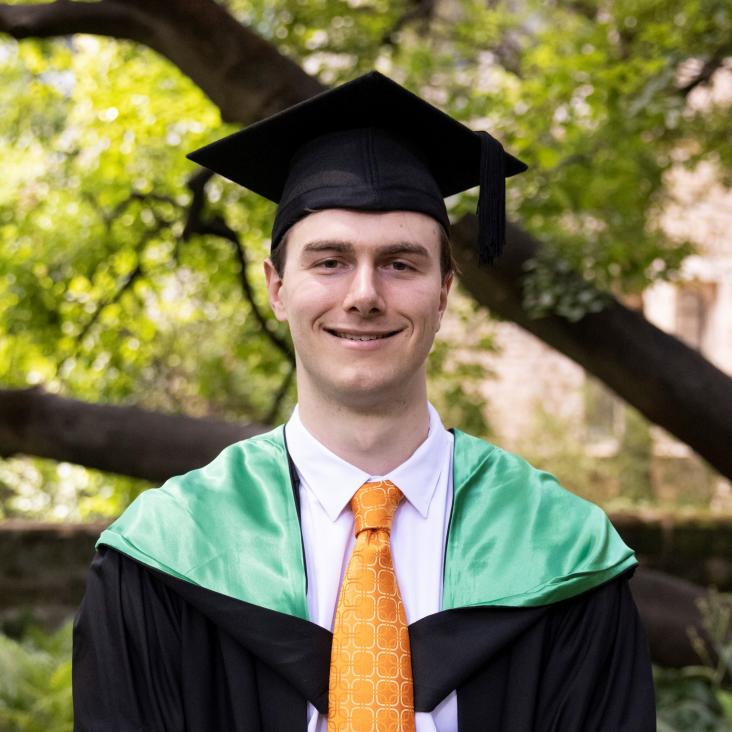Found and Lost: The Unexplored Potential of an Alternative Sheath Pinch
50th EPS Conference on Plasma Physics, EPS 2024 (2024)
Abstract:
A method to confine plasmas based on a new form of z-pinch was discovered and published in the late 1970s by two European physicists, Owen Storey and Laurent Cairó, building on a prior discovery by American astrophysicist Eugene Parker [1]. They proved that when supersonically flowing plasma is confined by a magnetic field parallel to the flow, there are circumstances in which a secondary magnetic field discovered by Parker emerges that reinforces the confinement, thereby reducing the requirement for the external magnetic field. The resulting overall confining field is concentrated in the thin static sheath-like boundary layer between the plasma and the external field, while the bulk plasma remains field-free and current-free. They suggested that this might be applicable to fusion and proposed a conceptual device exploiting this effect [2, 3]. The confinement in this device would be intrinsically MHD-stable, and more energetically efficient than that of most devices currently under investigation. Despite its promises, this method was not investigated further at the time and eventually faded from memories. Moreover, the effect discovered by Parker has not yet been observed in numerical simulation or experimentally, because it has never been sought. In collaboration with one of the original scientists, our independent research group is reviewing and continuing this work to bring it to a Technology Readiness Level of 3 [4]. This involves numerical simulations to observe the emergent effect and to characterise the proposed device concept, including its plasma confinement and stability characteristics, and means to maintain plasma density, temperature, and bulk flow velocity. In the success case, the proposed device has the potential to confine an isotropic plasma more efficiently and economically, with immunity to the major MHD instabilities, good accessibility due to a simple and modular design with high aspect ratio, and continuous operation. This short paper based on the poster presented at the 50th Conference of the European Plasma Society in Salamanca, Spain, in July 2024, aims to present briefly Parker’s Effect and how it can be used to confine a flowing plasma using a sheath pinch, how this possibility can be verified. We summarise recent work and present a high-level work plan. We are seeking collaborators for this venture.Centralised Design and Production of the Ultra-High Vacuum and Laser-Stabilisation Systems for the AION Ultra-Cold Strontium Laboratories
(2023)
Multiconfiguration Dirac-Hartree-Fock calculations for Hg and Cd with estimates for unknown clock-transition frequencies
Physical Review A American Physical Society (APS) 105:2 (2022) 022805
MCDHF-CI calculations for Hg and Cd with estimates for unknown clock transition frequencies
(2021)
Isotope shifts for S01−P0,1o3 Yb lines from multiconfiguration Dirac-Hartree-Fock calculations
Physical Review A American Physical Society (APS) 104:2 (2021) 022806


